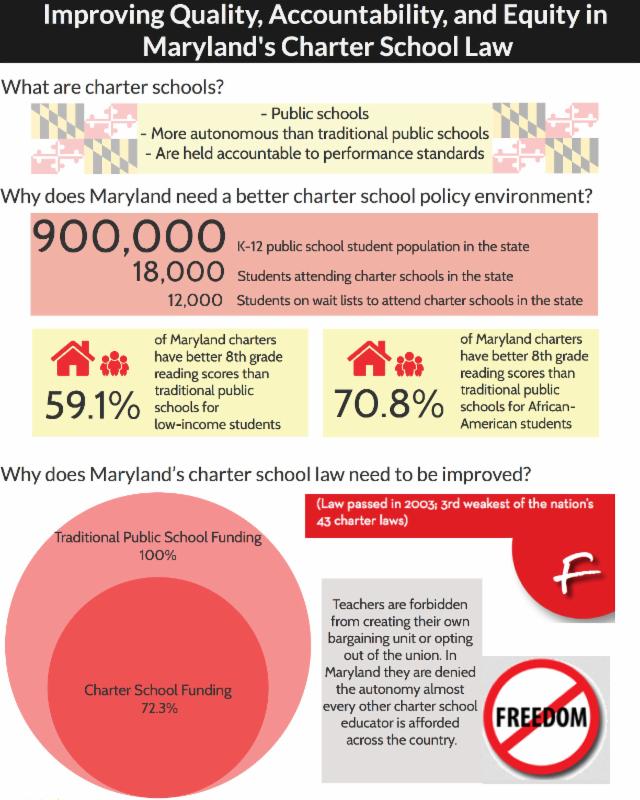CITY SCHOOLS FAILURE NOT A FUNCTION OF EDREFORM… though from reading the papers lately it would seem that some believe adult misbehaviors stems from edreform measures versus the real reason: that we haven’t changed those systems enough! Indeed, these systems remain fixed on the antiquated notion that attendance (time in the chair) is a more valid indicator (an easily manipulated indicator) than content mastery when striving for graduation. What is readiness when subject mastery hasn’t been accomplished? Indeed, the DC scandals, like other systems, are a result of their failure to evolve, not failure to maintain status quo.
…BUT IT COULD BE SOLVEDthrough a paradigm shift. Personalized learning has implications for teachers, learners and leaders, according to EdElements. You might consider subscribing to EdReimagined’s Pioneer to learn how – and why transforming schooling is essential to improving education.
STILL, DC SCHOOLS show enormous progress. Many seem to forget it was the worst school system in the nation just over 10 short years ago. Or perhaps they never knew because they didn’t live here or see the abject failure. We did. As the Washington Post recently reported, “So dysfunctional was the central office that textbooks went undelivered, teachers unpaid and student performance untracked.” Buildings were falling apart, there were scandals, no heat and air, and student performance was continually on the downslide. Enter charter schools, mayoral control, performance pay, and schools being reconstituted and closed for the first time. People began moving to DC, and now the economy is booming. The gaps are still there, but dramatically improved. Now it’s time to do more, not walk away because some misbehaved.
STRIKE TWO! Following the lead of WVA, teachers in the Sooner state are preparing to strike in what seems to be becoming a trend. Yet the coverage ignores the most fundamental issues of teacher compensation – that while the pay increases demanded here and gained in states like WVA resolved immediate demands for higher salaries, nothing is being done about the most vital long-term issues of pay equity and fairness. Teacher strikes and legislation should not be about more, but be about paying them better which leads to MORE. Teacher excellence should earn more than average performance, added responsibilities should yield additional earnings, and a job that’s hard to fill should offer higher pay. The National Institute for Excellence in Teaching (formerly the Teacher Advancement Program) launched by the Milken Family Foundation is a great resource for legislators willing to pursue such a transformational model, offering models that incorporate performance-based compensation based on fair evaluations, career pathways, professional development and leadership – all while providing teachers with powerful opportunities for career advancement and financial reward and, in turn, providing opportunities for dramatic improvements in the quality of education children receive.
GLOBAL EDUCATION AND SKILLS FORUM just concluded. How are nations answering the urgent question, “How do we prepare young people for the world of 2030 and beyond?” Jeanne Allen was there with global leaders from public, private and social sectors discussing and debating the paths toward achieving education, equity, employment and innovation for all. It turns out, people from other nations think teacher quality is actually a huge issue, and don’t have any problem being honest in saying so and working together productively to address it. Check out the discussion and Global Teacher Prize ceremony. Kudos to GEMS Education and the Varkey Foundation for leading the charge for addressing education globally.
IN THE NEWS LA supreme court makes it official, though it’s ridiculous that in 2018 we still are having this fight. The reality is that CHARTER SCHOOLS ARE PUBLIC SCHOOLS AND THUS THEIR STUDENTS ARE PUBLIC SCHOOL STUDENTS. As such, the schools can and must be funded publicly, like all other public schools. GET IT?
Congratulations to education reform pioneer, Frank Brogan, who has been by cleared the Senate Committee on Health, Education, Labor, and Pensions to serve at DoEd. (There’s Jeanne with Frank, many moons ago when he was FL Lt. Gov.!)















